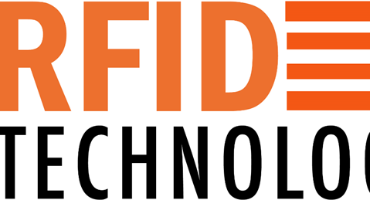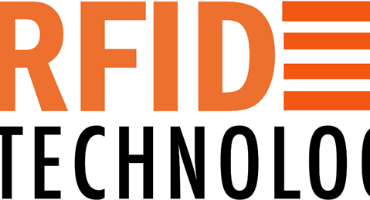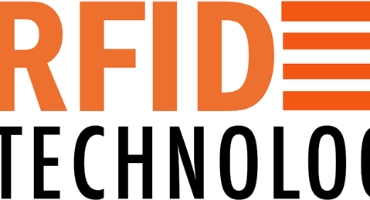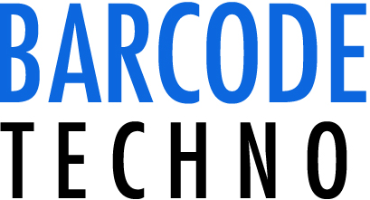Here's a step-by-step guide to help you understand and deploy an RFID solution:
Understand RFID Technology:
RFID is a wireless technology that uses radio waves to identify and track objects equipped with UHF RFID tags and UHF RFID Labels.
RFID tags labels consist of a IC microchip and a UHF RFID Antenna, which can be passive (powered by the reader's electromagnetic field) or active (battery-powered).
RFID readers emit radio waves and capture tag information, facilitating data exchange.
Identify Potential Use Cases:
Determine the specific application or problem you want to address with RFID technology.
Common use cases include inventory management, supply chain optimization, asset tracking, access control, and authentication.
Assess System Requirements:
Define your system requirements, such as the number of UHF RFID tags labels or hard tags and Mobile handheld UHF RFID Readers or fixed-mounted UHF RFID Readers needed, desired read range, data storage capacity, and integration with existing systems (e.g., ERP, CRM).
Consider environmental factors like operating frequencies, interference sources, and physical constraints.
Choose the Right RFID Tags:
Select UHF RFID tags - UHF RFID Labels or UHF RFID hard tags based on their form factor, read range, memory capacity, durability, and cost.
Consider the nature of the items you want to track and the environmental conditions they will be exposed to (e.g., moisture, temperature).
Select RFID Readers:
Choose RFID UHF Readers - both Mobile Handheld UHF RFID Readers and Fixed-mounted UHF RFID Readers that align with your requirements and deployment scenario.
Factors to consider include reading range, connectivity options (e.g., USB, Ethernet), power options (battery-powered or wired), and support for specific RFID protocols (e.g., EPC Gen2).
Determine Middleware and Software:
Middleware software acts as a bridge between RFID hardware - RFID UHF Readers - both Mobile Handheld UHF RFID Readers and Fixed-mounted UHF RFID Readers and the backend systems. Choose a suitable middleware solution that supports your desired features (e.g., data filtering, event management).
Select or develop software applications to process and analyze the collected RFID data, integrating it into your existing systems.
Design the RFID Network:
Plan the layout of RFID Readers - bothRFID UHF Readers - both Mobile Handheld UHF RFID Readers and Fixed-mounted UHF RFID Readers and UHF RFID Antennas based on the desired coverage area and read zone requirements.
Consider factors like tag orientation, interference sources, and potential reading dead zones.
Conduct site surveys and perform tests to optimize the network layout. You may want to consider starting with UHF RFID Evaluation Development Kits ?
Implement the Solution:
Install and configure the RFID UHF Readers, UHF RFID Antennas, and related hardware according to the network design.
Integrate the middleware and software components, ensuring proper communication and data flow.
Test the solution thoroughly and fine-tune the settings to optimize performance.
Data Management and Integration:
Define data management strategies, including data capture, storage, and backup.
Establish protocols for data integration with existing systems and databases.
Ensure data security and privacy measures are in place.
Training and Maintenance:
Train users on how to operate the RFID solution effectively and interpret the collected data.
Establish a maintenance plan, including regular equipment checks, firmware updates, and calibration, to ensure long-term performance and reliability.
Performance Evaluation and Optimization:
Continuously monitor the RFID solution's performance and gather feedback from users.
Analyze collected data to identify bottlenecks, optimize processes, and improve system efficiency.
Stay updated on advancements in RFID technology to leverage new features or capabilities.
Remember that this guide provides a general overview of implementing an RFID solution, and the specific details and requirements may vary depending on your unique use case. Consulting with RFID solution providers or experts can offer further insights and guidance tailored to your specific needs.
Call us today on Tel: 01442 872232 or email: sales@barcode-uk.com





